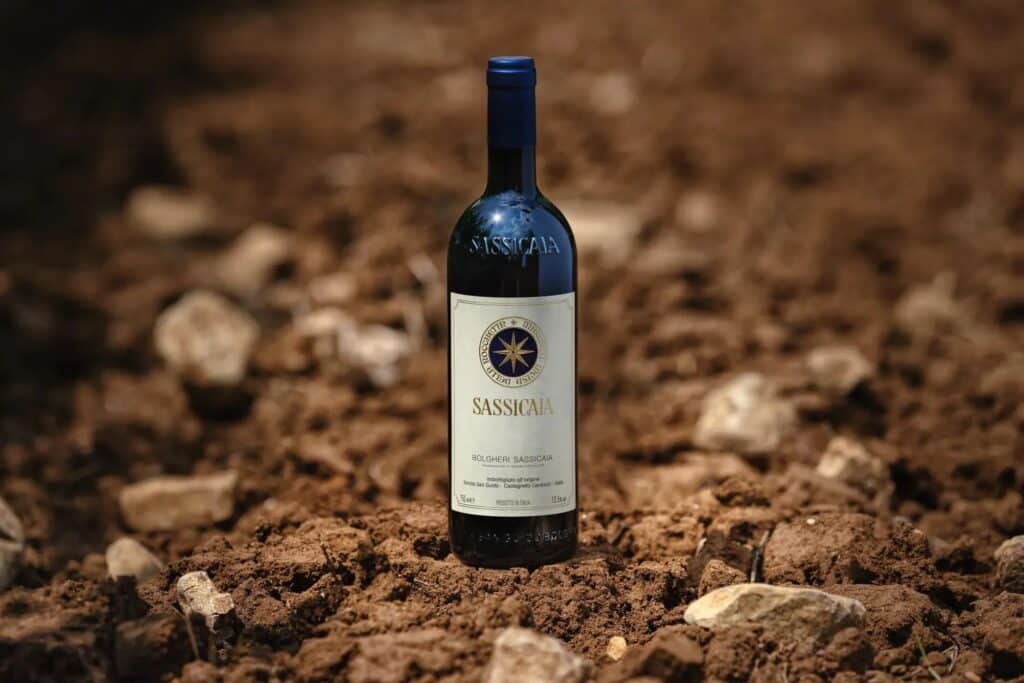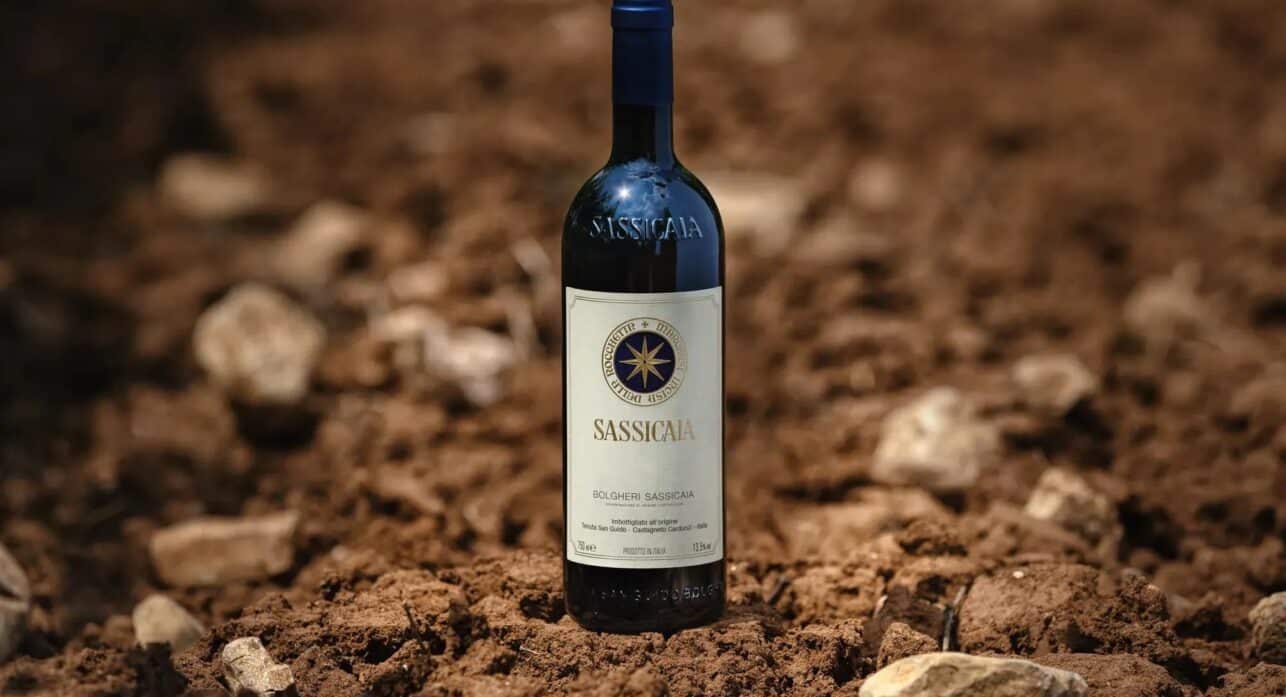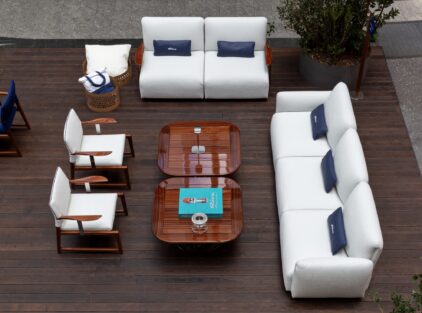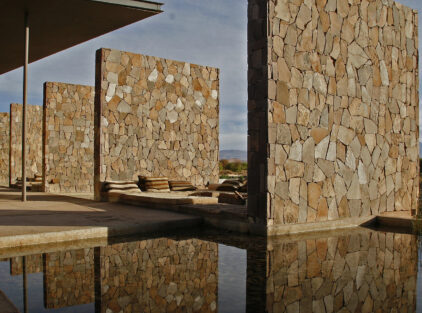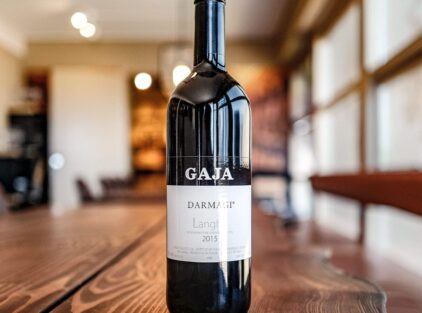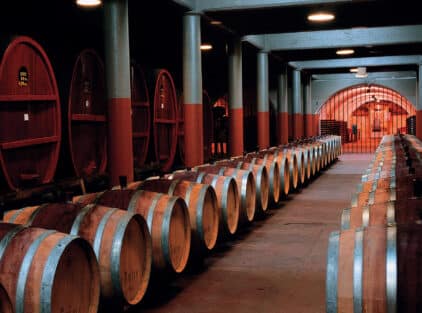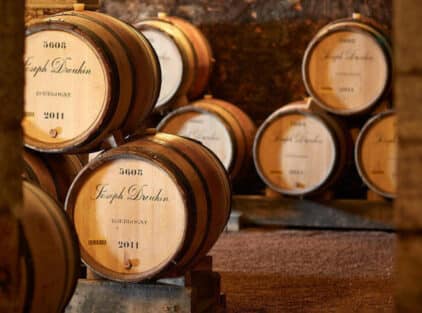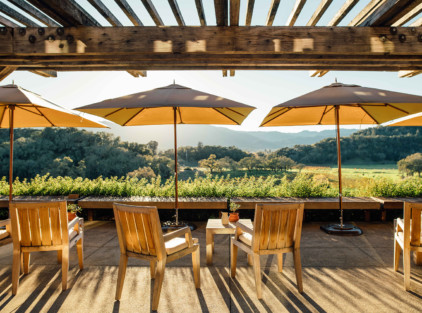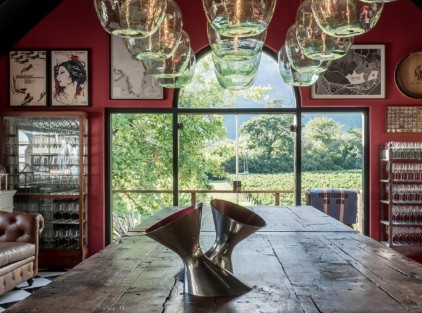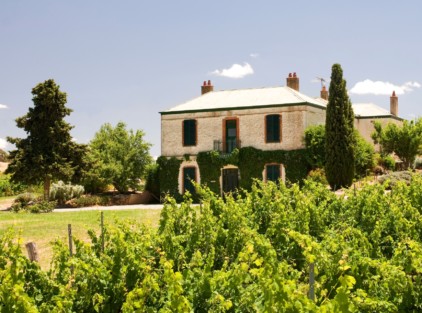One of the finest and most expensive Italian wines is produced exclusively by Tenuta San Guido, which owns all the vineyards within the restricted area. The Bolgheri Sassicaia Controlled Designation of Origin whose production is allowed in a specific area of the Tuscan municipality of Castagneto Carducci, is produced with a Cabernet Sauvignon content of at least 80%.
By Dimitris Gouravas, Oenologist
Around the beginning of the 1940s, the Marquis Mario Inziza della Rochetta, a great expert on horses and a keen lover of French wines, brought to Migliarino some Cabernet Sauvignon and Cabernet Franc cuttings from the estate owned by the Dukes of Salviati. The decision to plant them was partly due to the morphological similarity he had noticed between the region of origin, called Graves, in Bordeaux, where the great Haut Brion is produced (Graves in French means gravel and the name he gave to his wine, Sassicaia, means a place with gravel). So the Marquis planted the vines inside his San Guido estate, in the Maremma livornese (Maremma Livornese), took great care with the cultivation and in 1944, he obtained the first bottles of Sassicaia. The first commercial harvest was in 1968 and the wine caused a revolution both for its quality and for the fact that it was made from French varieties, which the law did not recognise as a quality wine. This revolution led to the emergence of several imitators who tried to make wines in the Tuscan region from French varieties. These were called Super Tuscans by the American wine critics and, according to the law, they were simply classified as table wines, since they were not made from the recommended varieties. In quality, however, they were superior to most wines with an appellation of origin.
Microclimate and soil characteristics
The soil, partly clayey, located at an altitude of between 60 and 400 metres above sea level, with a west/south-west exposure, presents different and complex morphological characteristics, with a strong presence of limestone in areas rich in stones. The climate has its own particularities: the embrace of the hills stretching from Bibbona to Castagneto protects the vineyards and olive groves from the north-easterly winds, while in summer this corridor is cooled by the sea breeze. The energy and light from the sun are reflected in the sea, radiating the hills. Which holds the sea breeze and creates refreshing humidity. These dense, pristine forests are an extraordinary natural environment. This microclimate characterizes Tenuta San Guido.
Fermentation
Selection of the grapes both in the field, during the harvest, and on arrival at the winery on the sorting table. De-stemming and gentle crushing and introduction of the musts into stainless steel tanks. Spontaneous alcoholic fermentation in stainless steel at a controlled temperature of around 26°/27°C (no yeast added). Soaking in this vintage was extended for about 13-15 days for Cabernet Franc and 15-17 days for Cabernet Sauvignon. Frequent oxygen pumping and release repeated daily during the initial fermentation resulted in musts of exceptional elegance and intense acidity. Malolactic fermentation took place in steel tanks starting in the first ten days of November and was completed at the end of the month, allowing the introduction of the musts into wood from the first ten days of December 2018. Once the malolactic fermentation was complete, the wine was placed in French oak barrels and a small amount in American oak, where it was aged for a period of between 20 and 25 months. The 2018 vintage was aged in oak barrels for 24 months.
Organoleptic characteristics
Dense black fruits, cedar, nuts and herbs are just some of its amazing aromas. The palate is tight with very well structured tannins. The fruit is very concentrated and embraced by some earthy notes, and the oak elements from aging for 24 months in French oak barrels are very well integrated. There is a very small percentage of Cabernet Franc in its composition which contributes to both the aromatic potential and the finesse that characterizes it. It is a wine with a structure that can evolve over many decades. It pairs extremely well with fine red meats grilled or stewed, game, mature cheeses and dishes with truffles or mushrooms. It pairs well with cooked white beef, grilled beef, grilled beef, oven roasted beef, oven roasted game.
Producer: Tenuta San Guido
Color: Red
Varieties: cabernet sauvignon, cabernet franc
Quality category: Bolgheri DOC Superiore
Vintage: 2018
Country: Italy
Region: Tuscany
Tuscany: Sassicaia can age 15-25 years.
